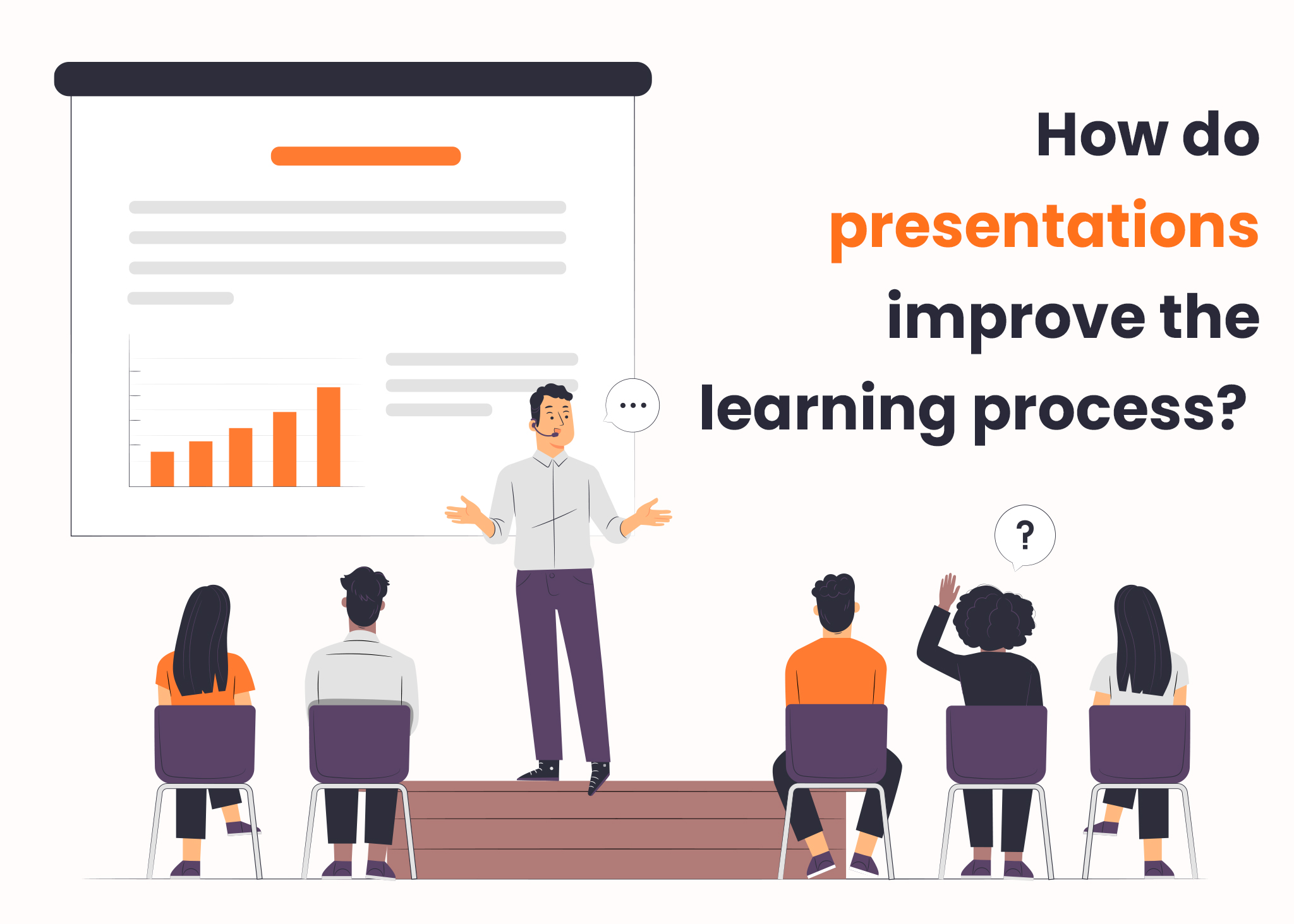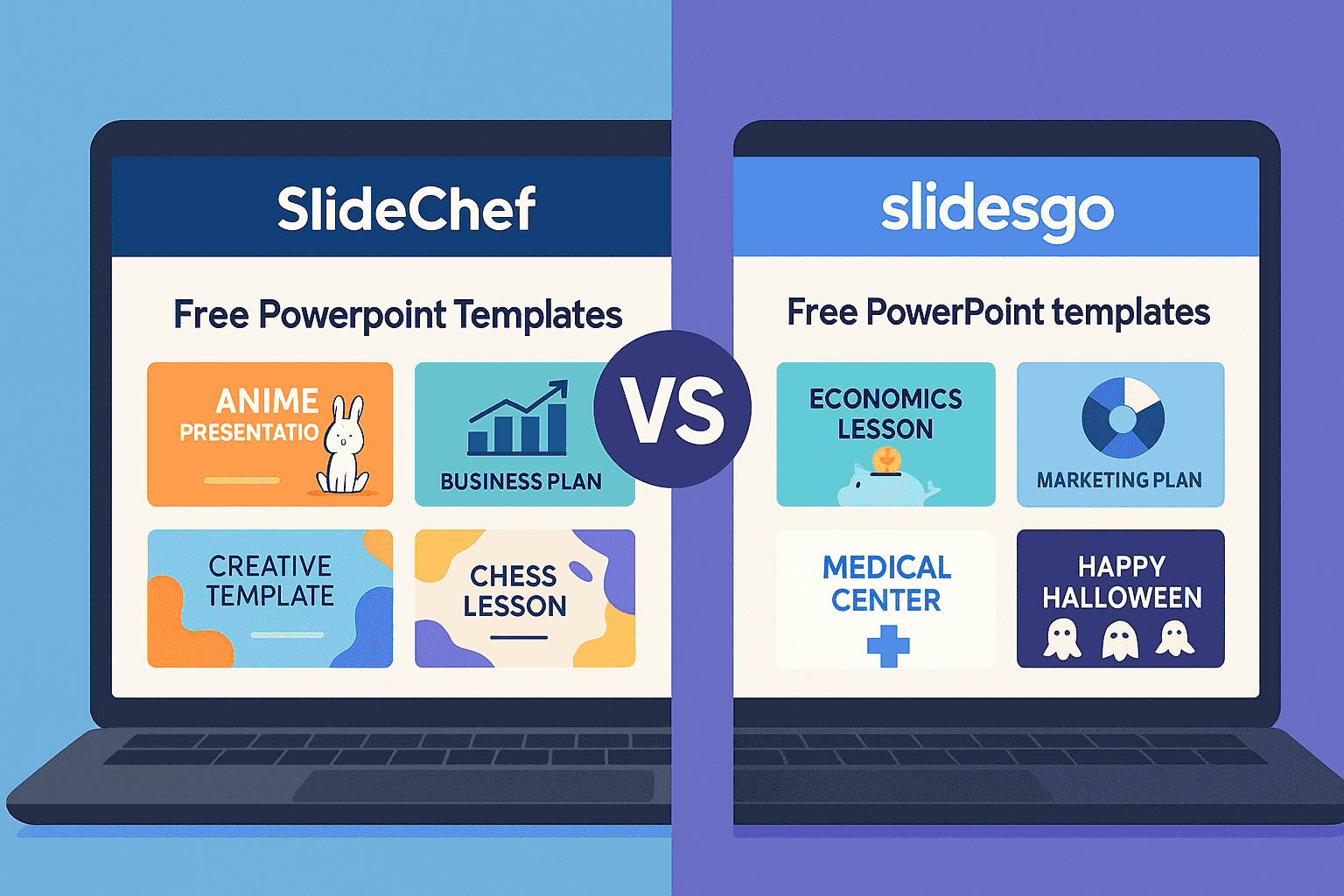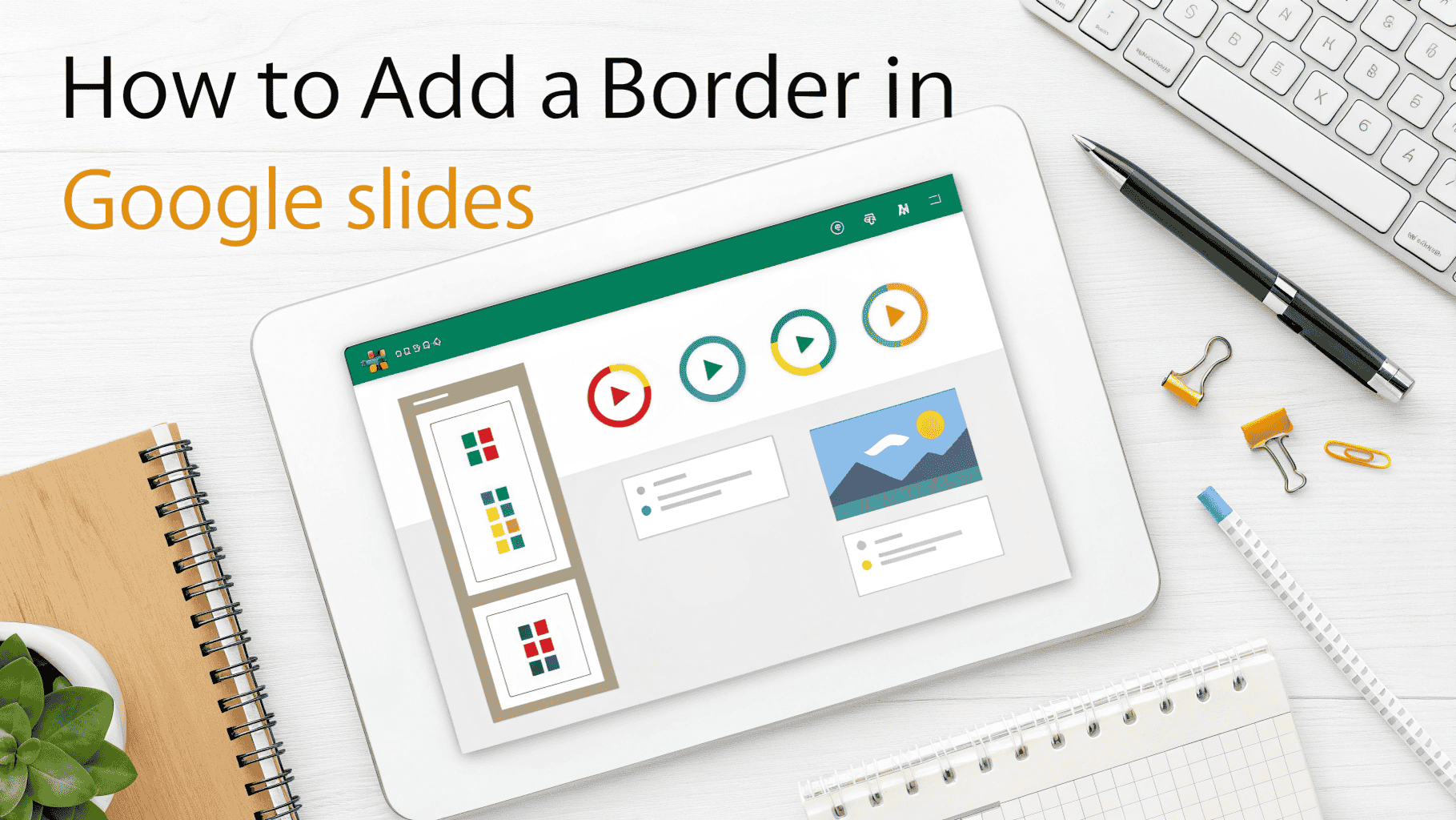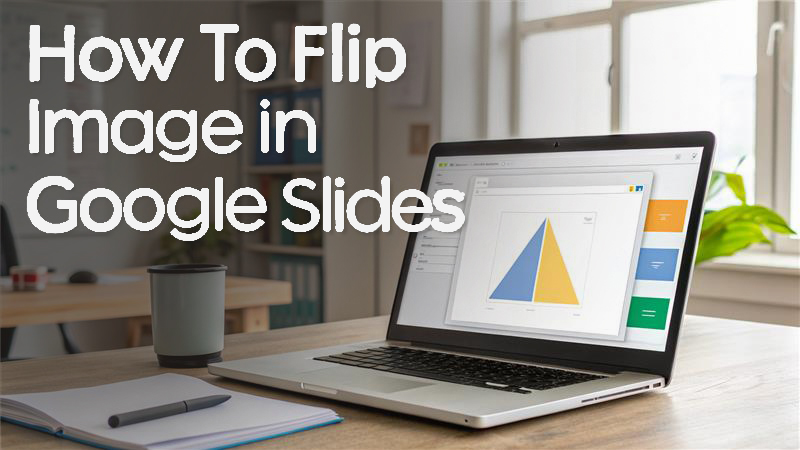How do presentations improve the learning process?

Technology has put learning at our fingertips. A PowerPoint presentation is one of the best methods of teaching an audience. It sparks curiosity in the minds of listeners and is less boring than traditional methods. A well-designed presentation promotes an active teaching and learning environment. But beyond communication, does it have any effect on the learning process? Learning to speak in front of a group is a professional skill. Like two-way traffic, the speaker and audience should feel its impact. This article will explore how presentations improve the learning process.
4 ways presentations improve learning
Presentation affects learning in various ways. The most popular ones are:
It improves writing skills
A lot goes into drafting and compiling the perfect presentation. Students research topics by exploring websites, facts, and surveys. Then, they compile their findings into structured content. The presentation involves breaking down complex ideas into digestible points. As a result, they incorporate storytelling to create a narrative flow. The writer tracks his clarity, organization, sentence structure, and plagiarism. Speaking of plagiarism, never submit a paper without checking its originality; plagiarism is sometimes unintentional. Hence, use free tools to check my paper for plagiarism to avoid punishment. It is even more important if you use free examples for students to tailor your presentation.
A student working on a PowerPoint slide thinks critically about the contents. He identifies key points and arranges them coherently and logically. The process polishes research and writing skills for use in other areas of learning.
It improves communication skills
Many school students don’t know how to communicate effectively. Presentations involve integrating verbal and visual explanations in a complementary manner. The presenter uses visual elements like images, charts, and graphs. Each visual must be appropriate for the representation and explain the concept. Apart from this, they have to align with the accompanying text. Hence, they learn how to use appropriate tools to explain their points.
The presentation involves emphasizing key points using gestures. As a result, it helps presenters learn body movement and control as part of communication. They incorporate gestures into their delivery and pay attention to their nonverbal movements. They include body language, facial expressions, and hand movements. This helps them develop awareness of their bodies and contributes to effective communication.
It ignites creativity
Building a slide allows students to play with colour, fonts, and graphics. The freedom their teacher gives them helps to tickle their creative side. They experiment by combining visual images that wouldn’t go together and creating new ideas. They also explore music and multimedia to capture the audience’s attention.
Presentations stimulate the senses and inspire creative thinking. Participants identify patterns and develop their perspectives. They incorporate anecdotes, metaphors, and relatable narratives. They also use case studies and explore practical applications. It stimulates their imagination, ignites creativity, and enhances the learning process.
It boosts confidence
Presentations go together with public speaking. It provides an opportunity to polish your public speaking skills. Students become more comfortable when they deliver slides in front of an audience. The practice builds confidence in their ability to express themselves. Not only this, but it helps them showcase their expertise on a particular subject.
Students who share their expertise with others feel more authoritative on the subject. It also sends their confidence to the moon. They prepare the slide and gain a deeper understanding. The preparation gives them confidence while presenting, and they feel more assured. Positive feedback and validation from others reinforced the belief in their abilities. It also prepares them for future assignments.
Conclusion
Presentation skills cut across the educational and professional worlds. There is a high probability that you will need to give a speech, accept an award, or onboard a team. Learning how to interact with an audience helps you overcome fear and nervousness. It promotes self-awareness and allows you to establish yourself as an authority. It also fosters a sense of adaptability and resilience and grows your confidence. Hence, teachers should incorporate it into the lesson plans to improve learning.









